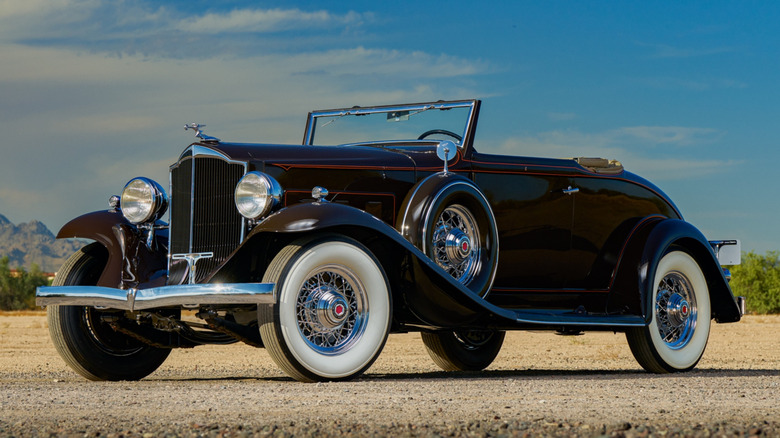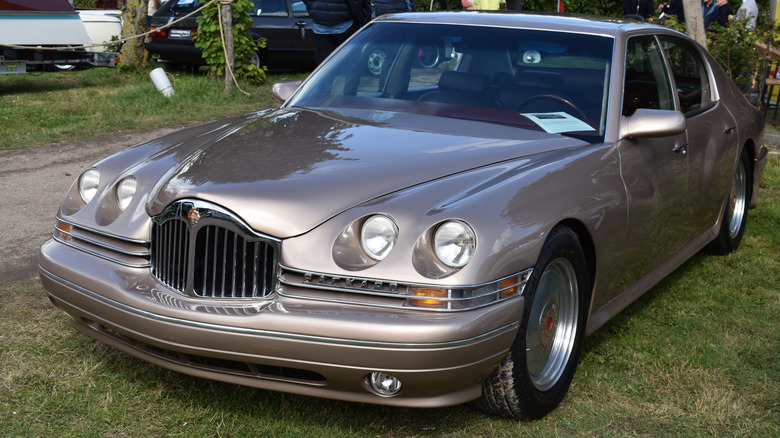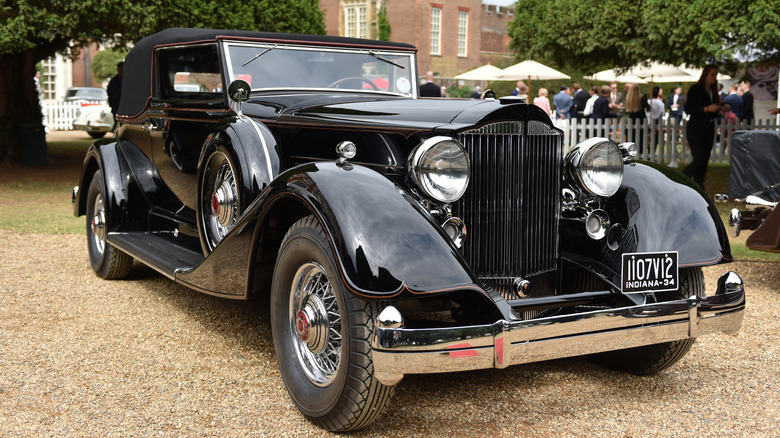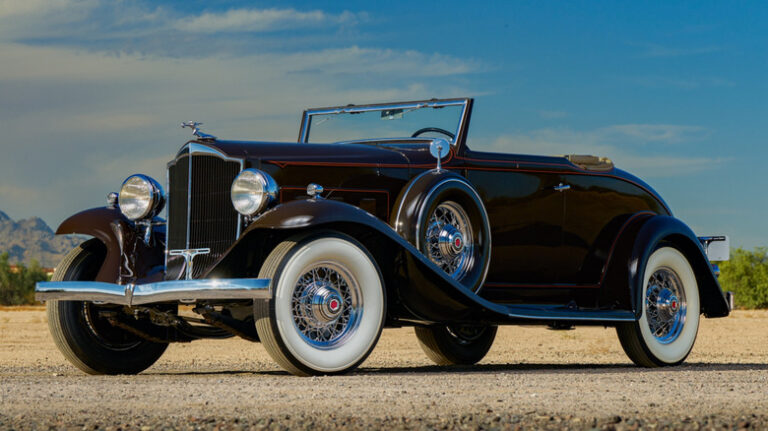The Packard Legacy Lives On
The Packard Motor Car Company, established in 1899, was one of America’s first automobile manufacturers and a symbol of luxury for 60 years. Known for their sleek designs, comfort, and innovative technology, Packards were the epitome of American automotive excellence. The Packard Eight, with its handsome design, was a testament to the brand’s commitment to quality and style. In its heyday, Packard competed directly with other upscale American brands like Cadillac.

Technological Innovations
Packard was not just about aesthetics; the brand was also a pioneer in automotive technology. Innovations such as the steering wheel, in-car air conditioning, tail lights, the glove compartment, and the limited slip differential are now standard features in modern vehicles. These advancements underscore Packard’s significant contribution to the automotive industry.
A Brand’s Turbulent Past
Despite its achievements, Packard struggled to maintain its market position as competitors caught up and eventually surpassed it. The brand merged with Studebaker in 1954 in an attempt to stay afloat, but it was too late. The last Packard rolled off the assembly line in 1958, and the marque was retired a year later. The brand changed hands several times, with various owners attempting to revive it, including a Canadian farm equipment magnate, Roy Gullickson, who created a prototype of the Packard Twelve in 1992. However, none of these efforts came to fruition.

The Road to Revival
Fast forward to 2019, when Scott Andrews, a luxury watchmaker, acquired the rights to the Packard brand. Andrews plans to produce a limited number of the iconic Packard Victoria, a two-door convertible, using the original blueprints. With 135,000 blueprints at his disposal, the reproduction will be as faithful as possible to the original.

The revival is not without its challenges. Setting up a factory, navigating regulatory hurdles, and securing investment are significant obstacles. The old Packard plant has been demolished, adding to the complexity of the task. Despite these challenges, the potential revival of Packard is a tantalizing prospect for car enthusiasts and historians alike.
As we wait to see if the Packard brand will make a comeback, it’s worth reflecting on its legacy. Packard was more than just a car manufacturer; it was a symbol of American automotive innovation and luxury. A successful revival could not only bring back a piece of automotive history but also introduce it to a new generation. Perhaps one day, vintage Packards will be seen alongside modern electric vehicles, restoring the brand’s legacy for years to come.



